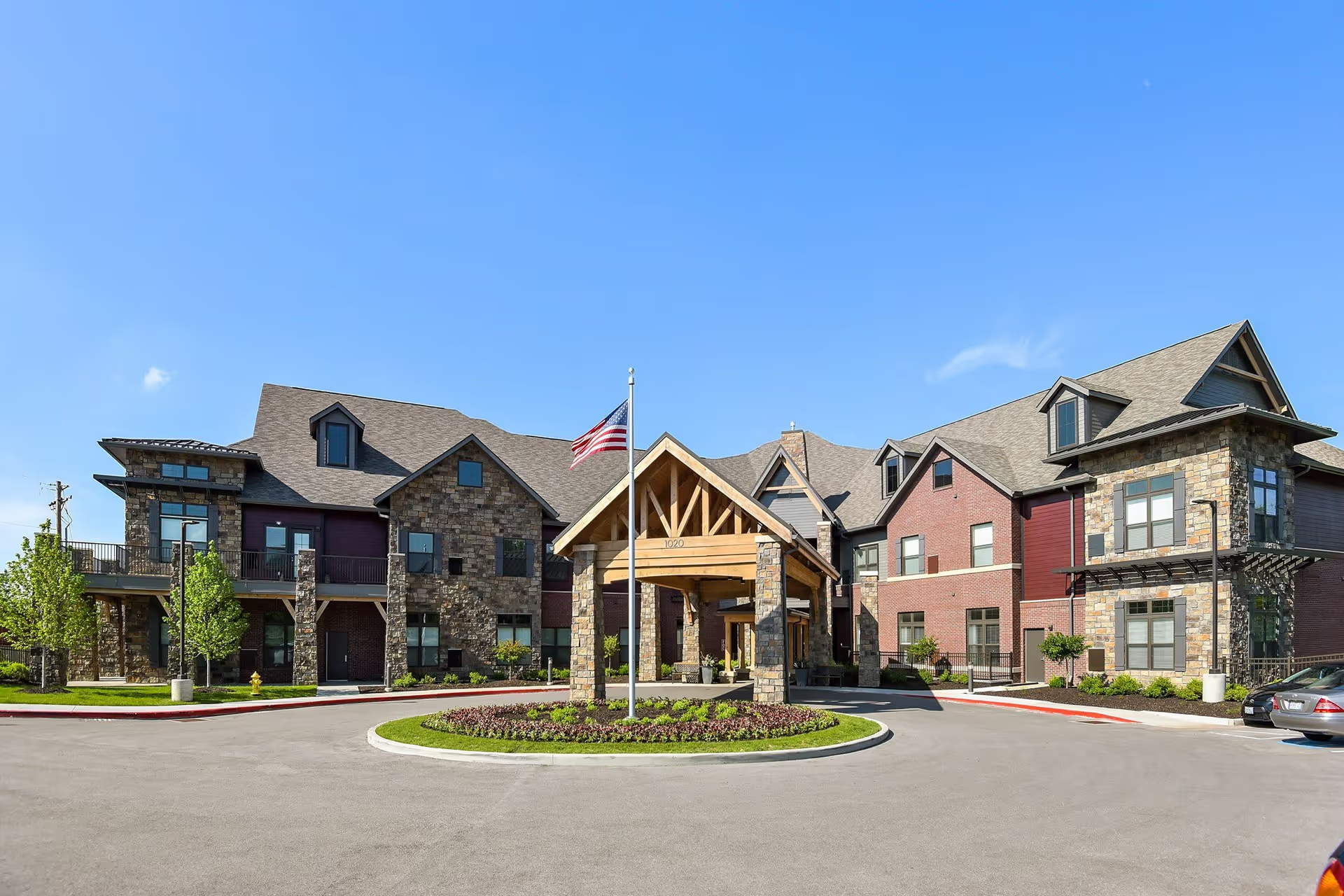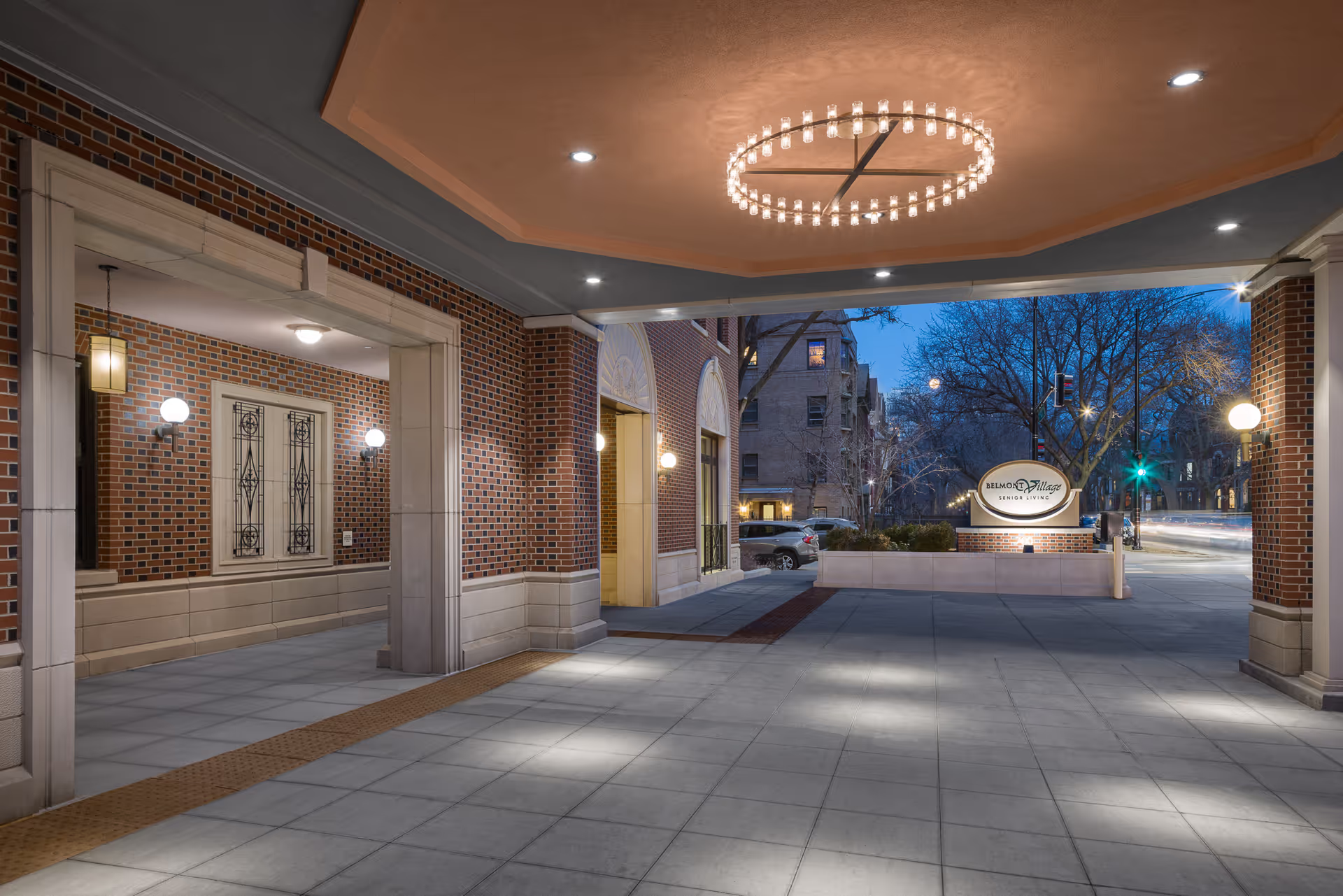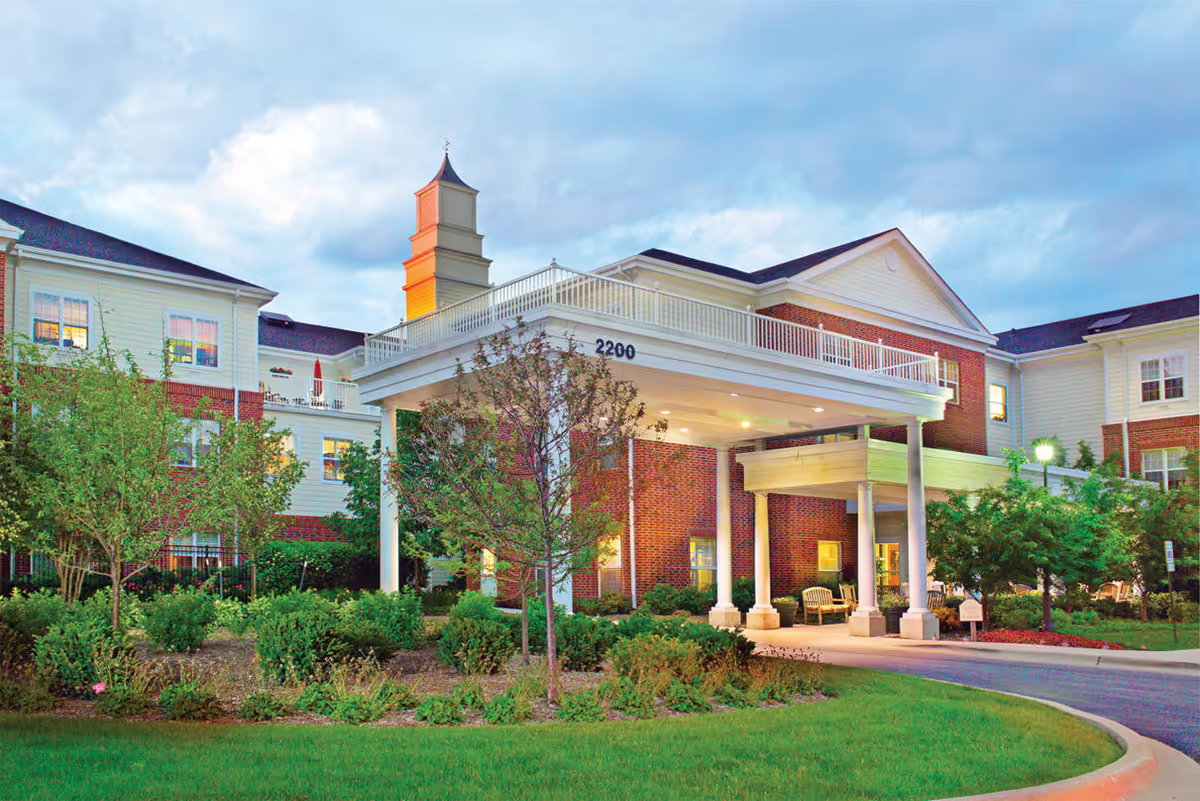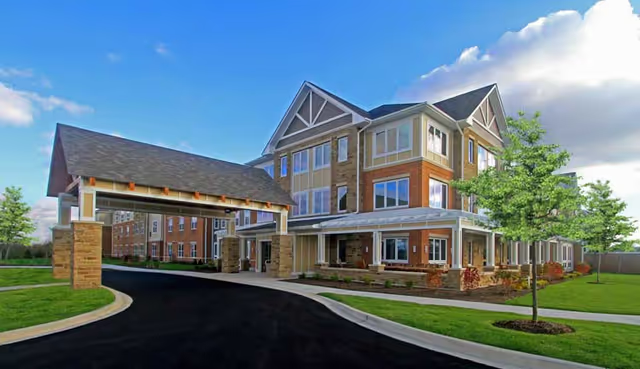Overall sentiment: Reviews for NHC Place at The Trace are highly polarized, ranging from glowing praise for specific staff, therapists, and rehabilitation outcomes to severe criticism alleging neglect, hygiene failures, and unsafe care. A consistent pattern emerges: the skilled rehab/therapy side and some individual caregivers receive strong positive feedback, while assisted living areas, housekeeping, and basic nursing responsiveness draw frequent and serious complaints. The overall picture is one of uneven performance where excellent clinical and personal care can coexist with systemic problems in staffing, management, and operational follow-through.
Care quality and clinical performance: Many reviewers praised the PT/OT department and rehabilitation services. Multiple accounts note therapists with advanced geriatrics or neurology backgrounds and CAPS certification, a team-based focus on returning residents home, punctual therapy sessions, and measurable recovery outcomes. Several families credited the therapy team with significant functional gains and successful discharges. Conversely, medical care and basic nursing responsiveness are repeatedly criticized. Reports describe slow diagnosis, delayed orders (including oxygen), out-of-date records, and staff not following care orders. Serious allegations include dehydration, stage 3 pressure ulcers, hospital readmissions, and at least one report of death attributed to inadequate care. These accounts suggest that while rehabilitation clinicians often perform well, nursing and medical coordination sometimes fail, producing critical safety risks.
Staffing, responsiveness, and safety: Understaffing is a pervasive theme. Numerous reviewers reported ignored call lights, delayed bathroom or shower assistance, staff occupied with personal phones at nurses' stations, and slow responses after falls. Several notes describe alarm systems or call buttons being inaccessible, leading to delayed assistance and increased fall risk. Where staff are attentive, reviewers describe compassionate, patient, and family-oriented care — specific staff members (e.g., “Ka Ka”) are called out for going above and beyond. This contrast implies wide variability by shift, unit, and individual caregiver. The understaffing issue appears central to many safety and neglect complaints: missed hygiene, soiled linens left for days, and weeks-long cleaning delays all correlate with insufficient staffing levels and/or poor operational oversight.
Hygiene, housekeeping, and environment: The facility’s physical plant receives mixed feedback. Many reviewers praise the building—calling it beautiful, elegant, accessible, and peaceful—yet multiple reports indicate that the attractive décor masks poor basic care. Serious hygiene complaints include urine, feces, and blood not cleaned from rooms; dirty sheets with dead skin and hair; dirty undergarments found in sinks; bed-bound patients left soaking wet; and laundry not processed. Some families relocated residents, reported to Adult Protective Services (APS) and Medicare, or described moving to other facilities after these problems. Cleanliness thus appears inconsistent: some units/shifts are described as “pristine,” while others report unacceptable sanitation and infection-control risks.
Dining and amenities: Dining reviews are split. Several reviewers praise excellent dining, attentive kitchen staff, and dietary accommodations, even calling the food “awesome” or “delicious.” Others describe cold trays left out for hours, tough unseasoned meat, and food that is “not fit to eat.” Room amenities were criticized: small rooms with little or no storage (no drawers or shelves) were specifically noted. Price concerns are salient—multiple reviewers felt the cost (one cited $5,000+ per month and reported price increases) did not match the level or consistency of care provided, leading to complaints about poor value.
Management, communication, and administration: Opinions on management are mixed. Some reviewers found the administrator and assistant pleasant, smiling, and eager to help. Others described horrible management across the building, defensive responses, and inadequate follow-through when problems were raised. Communication problems extend to clinical coordination (delayed orders, outdated records) and family updates. Several reviewers reported escalating issues to regulatory bodies (APS, Medicare) due to perceived neglect. The divergence in experiences suggests that leadership practices may be uneven or that systemic issues (like staffing) undermine otherwise competent leadership in certain areas.
Patterns, unit differences, and reliability: A notable and recurring pattern is the disparity between the skilled nursing/rehab areas and assisted living or long-term care units. Rehab patients frequently report excellent therapy and recovery, while assisted living residents and families more often report neglect, poor hygiene, and safety issues. Many reviews describe variability over time or across visits (e.g., first two visits good, third visit terrible), indicating inconsistent performance likely tied to staffing fluctuations, shift differences, or unit-specific cultures. This variability is a critical takeaway: experiences can range from “gold-standard” care to dangerous neglect within the same facility.
Bottom line and considerations: NHC Place at The Trace can deliver high-quality rehabilitation with compassionate, skilled therapists and some exemplary caregivers; however, multiple reviewers warn of systemic and recurring problems—understaffing, ignored call lights, delayed medical orders, hygiene failures, and management issues—that have led to serious adverse outcomes for some residents. Prospective families should weigh the facility’s strong rehab reputation and certain standout staff against reports of uneven nursing care, cleanliness lapses, and safety concerns. Important due diligence steps include visiting the specific unit and shifts where a loved one would reside, asking about staffing ratios and turnover, reviewing recent inspection/complaint records, and confirming how the facility handles laundering, wound care, call-light responsiveness, and escalation of medical orders.







